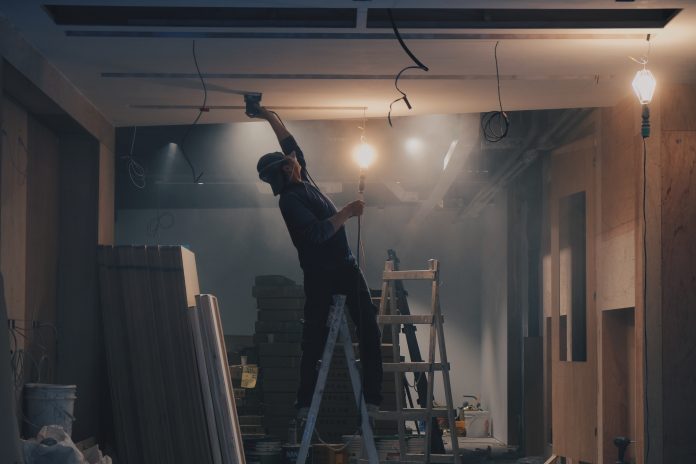When a ceiling or a roof collapse, it can go in big pieces or even all at once. This can cause significant damages to your property and injury or even death to the people inside. As rare as you don’t hear a roof or ceiling fell, you should be aware; it can happen!
Landlords and property owners have a legal obligation to maintain their property in all ways so that there are no areas of health or safety hazards that can cause their tenants injury or even death. This certainly includes making sure that all ceilings are well maintained and any leaking conditions that can cause deterioration of ceilings are repaired.
Watch out for these signs of impending roof or ceiling collapse:
- Sagging of the ceiling or roof
This when your ceiling looks like a ‘pillow’ or a ‘bump’. You can notice how the ceiling is detached from the wall or s
- Interior Damage
Some signs are visible from insidce, and include ceiling cracks, bowed or misshapen drop ceilings, damaged water fixtures on the ceiling, yellow stairs, or doors that pop open from pressure.
If you notice cracking on the walls or ceiling also small circles or blisters in a line caused by nails or screws, indicating that the sheeting may be pulling away from the joist (beam) above it
- Strange Noises
Be sure to listen for any unusual creaking, cracking or popping noises audible from indoors or outdoors.
- Leaks
Another warning sign that should be on your roof management checklist is leaks. A leak is a clear sign that water is getting into your roof structure, and water is never good. If you spot a leak,notify the caretaker or owner. You also need to identify the source of the leak and to figure out whether any structural damage resulted.
Also, look for mold or bubbling. This can cause the ceiling to be significantly weakened.
In conclusion:
The roof space has hidden dangers that include electrical wiring, overhead obstacles and unstable underfoot conditions, so homeowners are advised against entering a roof or any confined space themselves.
Roof collapses always seem to take people by surprise, but they really shouldn’t. Sure, sometimes they happen with no warning, but it’s a lot more common for warnings to be missed or ignored. Don’t let that happen to you. If you see any of these warning signs in your building, take immediate action to identify and address the problem. With proper roof management, your building will be in tiptop shape and far from collapse.
If you see any signs of ceiling distress like these, alert your landlord immediately. Document as much as you can about the condition of the building, including pictures of the roof and ceiling, and make sure that all of your communications with your landlord are in writing.
Some common causes of a ceiling collapses include:
- Failure to fix leaks leading to structural damage
- Failure to repair cracks
- Skipped or badly done maintenance
- Poor building materials
- Improper construction techniques
- Water damage
- Incorrect ductwork
- Termites or other infestations
- Incorrect use of the roof space
- Old age














